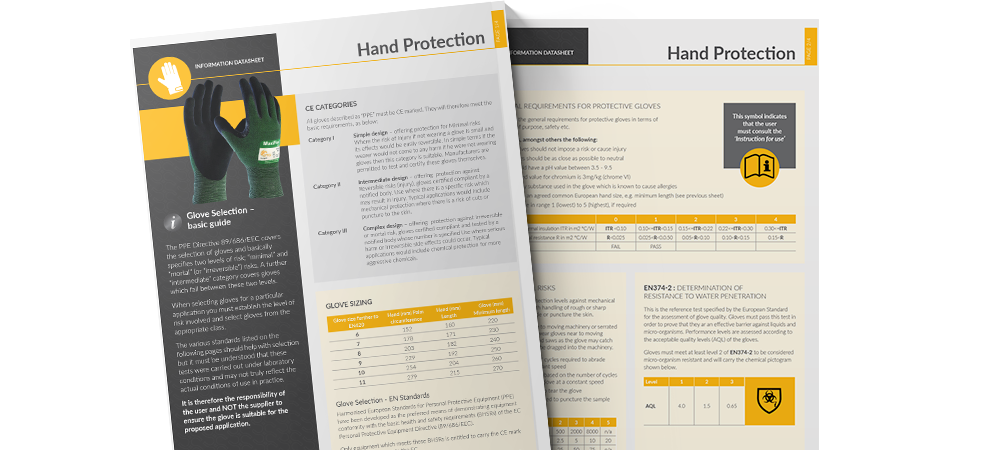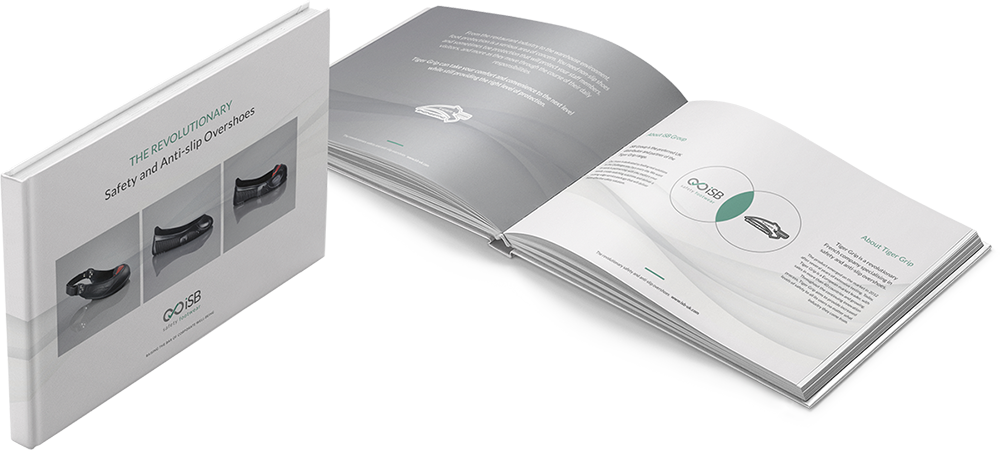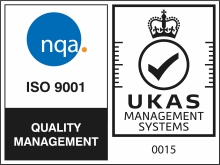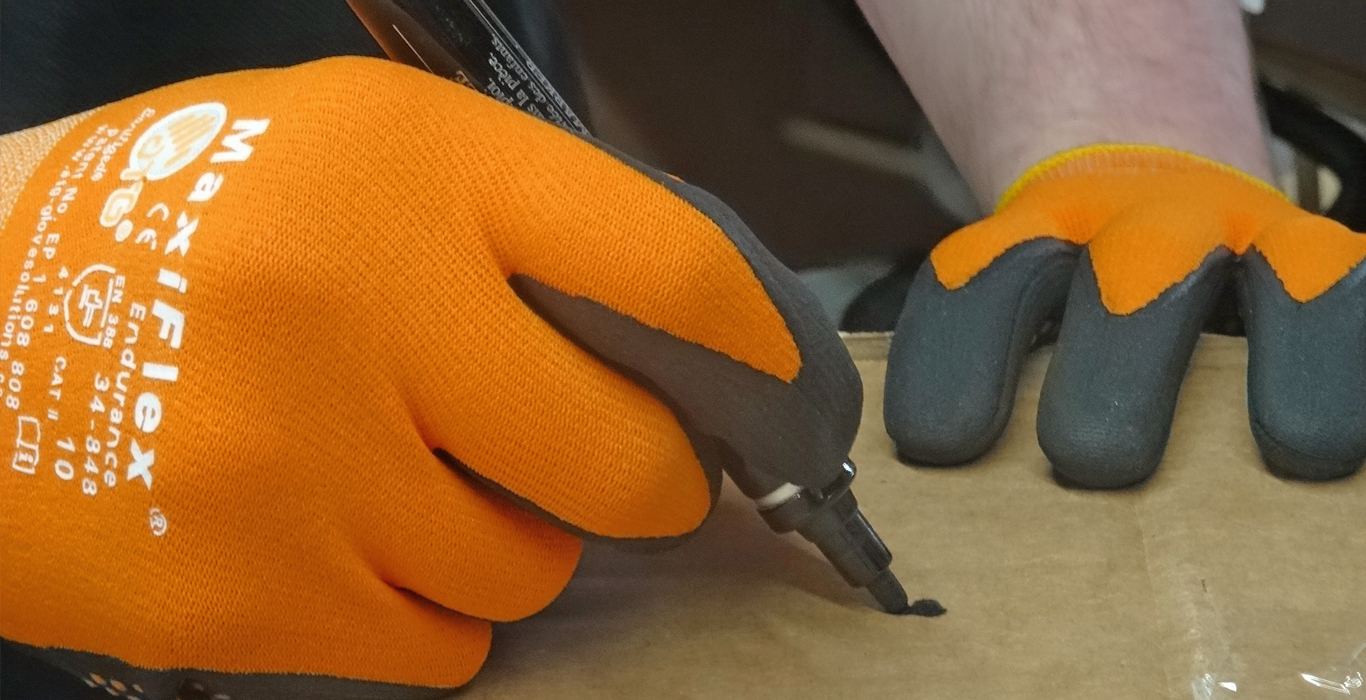
We are often contacted by businesses struggling with poor-fitting, uncomfortable, and ineffective gloves. In this blog, one of our directors, Clive Grinnell, explores how to avoid these issues for better hand protection and health.
Our hands are one of the hardest-working tools at our disposal, but we don’t always give them the credit – or protection – they deserve. Without them, most of us couldn’t do our jobs, which is why it is so important to invest in good quality hand protection.
Some of the most common problems with gloves in warehousing include:
- Products breaking down and wearing through
- Wastage
- Too much or not enough grip
- Poor fit
- Itchy hands from chemical bleed-through.
In this blog, we guide you through how you can avoid or overcome these issues for better hand health, protection, and comfort in your workplace.
Glove problem #1: Products breaking down and wearing through
We hear time and again from businesses that turn to us looking for a solution to issues with safety gloves wearing through at the fingertips and at the thumb crotch. In the most extreme cases, a pair of gloves for some of these businesses doesn’t even last a day. Simply put, this is down to poor product quality. Poor quality products are made using cheaper yarn and less robust manufacturing methods, making them less likely to stand up to daily wear and tear.
Good quality safety gloves should not only last longer than a day, it is also worth bearing in mind that many can be washed and re-worn without reducing their level of protection.
Glove problem #2: Wastage
Often regarded as a disposable piece of workwear, safety gloves may not be treated with the same respect as other items of PPE. Consider this: when your business orders a box of safety gloves, do you think about how long you expect it to last, or do you just write-off the purchase? Do you encourage your employees to take care of their gloves, and make them last as long as possible?
Guarding against a throw-away mindset not only saves money but could also reduce the environmental impact of your business.
Our tip: Avoid light-coloured gloves which will show dirt and staining. Opt instead for a darker colour and encourage your employees to wash and re-use their gloves while they are still safe to wear. This can be as simple as a good hand wash whilst still wearing the gloves at the end of a shift and hanging them up to dry overnight.
Choosing high-quality sustainable or longer-lasting gloves, together with some simple additional measures to encourage re-use, can make a huge difference. Manual and technology-monitored allocation systems can encourage workers of the need to think carefully about what they throw away and when, while something as simple as a glove clip that attaches to a belt loop can help stop workers losing or throwing away their gloves when they go for lunch or take a toilet break.
Glove problem #3: Too much or not enough grip
A glove that is very effective at helping someone handle cardboard boxes will be much less so for picking plastic-wrapped items from a conveyor belt. This is because the level of grip required to safely and efficiently perform these tasks differs.
With such a wide variety of gloves on the market, businesses should take care to offer their workers those that best fit their job role.
Our tip: Standard knitted thermal gloves worn to keep hands warm in the winter months will not offer the same amount of grip as proper safety gloves worn throughout the rest of the year, and wearing two pairs of gloves can be dangerous, as it can limit dexterity. Where your working environment changes with a change in the outside temperature, provide your employees with thermal dotted gloves for the winter months.
Glove problem #4: Poor fit
We’ve talked before about how important it is that safety gloves fit properly. Poorly fitting gloves may not only offer less protection to the worker, but could also in themselves constitute a hazard or encourage workers to forgo gloves for some tasks altogether, potentially leading to other injuries. Gloves that are too small limit dexterity, cause hand fatigue and irritate the skin, while gloves that are too large reduce grip and can get caught in tools and machinery.
Properly fitting gloves are more comfortable, safer to wear, and not difficult to achieve. Whether you need gloves for the cold weather, extra grip for precise handling, or just a standard level of hand protection, a good quality glove will come in a variety of sizes, enabling you to cater for all of your employees.
If your workwear supplier only offers one size, or male or female options, you may want to look around for an alternative. As a general guide, at iSB Group, we stock high quality gloves in sizes ranging from 5 (XXS) to 12 (XXXL).
Find out more: Download our glove sizing guide.
Glove problem #5: Itchy hands from chemical bleed-through
A lot of safety gloves are wholly or part-coated with a solid PU coating, which offers the wearer the stated level of protection. In a good quality glove, the knit provides a barrier between the hand and this coating, providing comfort and protection against irritation. However, poorer quality gloves do not offer this same protection. The chemical coating may bleed through a thin knit, causing irritation to the palm of the hand and leading to contact dermatitis conditions like eczema.
Our tip: When examining a safety glove, turn it inside out. If you can see areas where the exterior coating has bled through the fabric knit, you may want to consider purchasing a different product.
Whatever your glove requirements, a good safety workwear provider should be able to meet them. If you’re not sure what you need, many also offer a glove review or survey process which will help you understand which job roles require gloves, and what specification of gloves is best suited to each task.
Learn more: Book a glove survey for your business.
For more information about how we excel in the 3PL and fulfilment industry, visit our solutions page here.
You might also be interested in:
You Might Like...
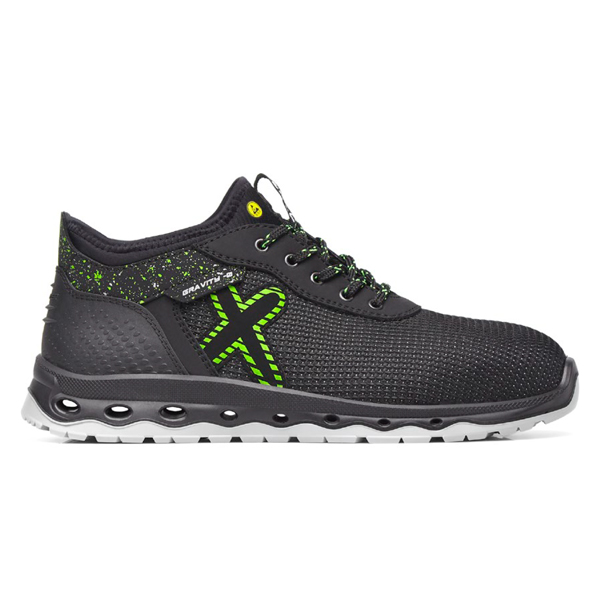 1
1
Gravity Jupiter Safety Trainers- E3200
Ultra resistant textile TECNO-TEXT upper
 2
2
Gravity Jupiter Safety Trainers- E3200
Ultra resistant textile TECNO-TEXT upper
 3
3
Gravity Jupiter Safety Trainers- E3200
Ultra resistant textile TECNO-TEXT upper
 4
4
Gravity Jupiter Safety Trainers- E3200
Ultra resistant textile TECNO-TEXT upper
















